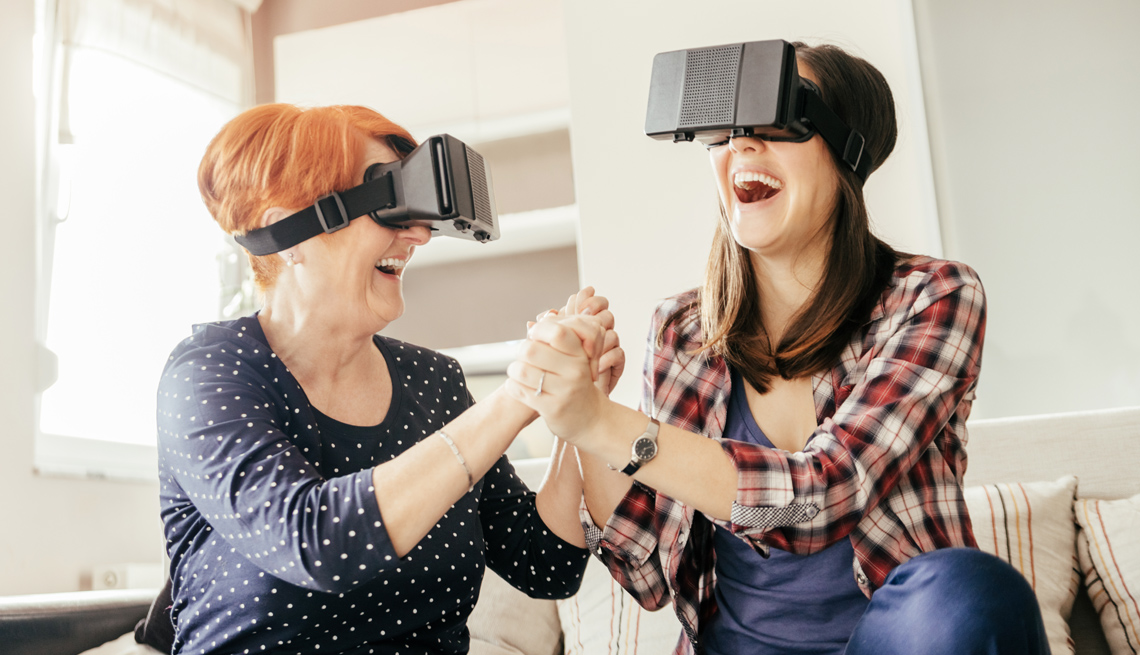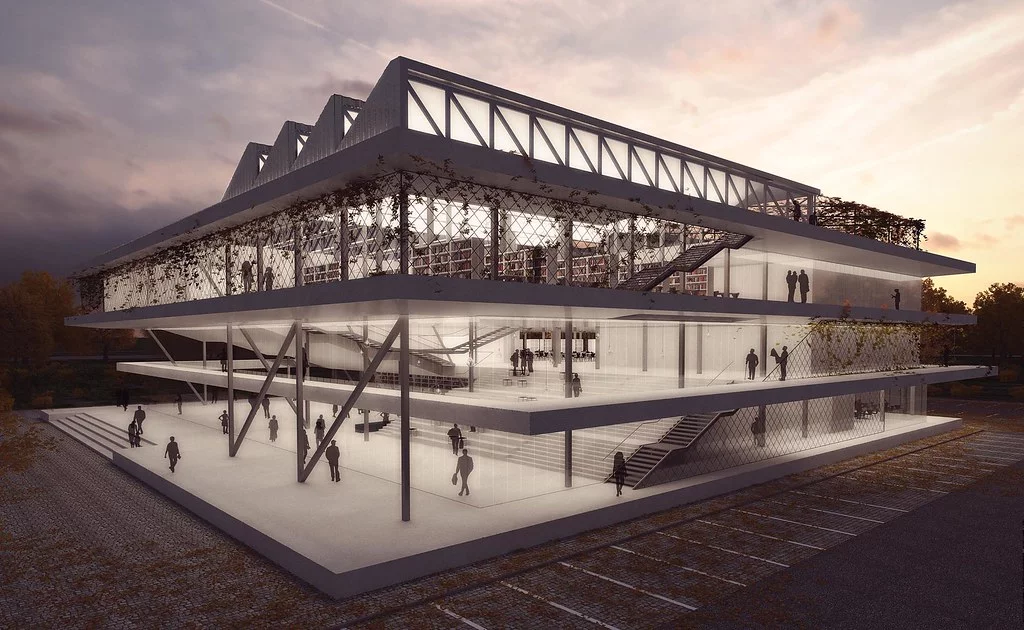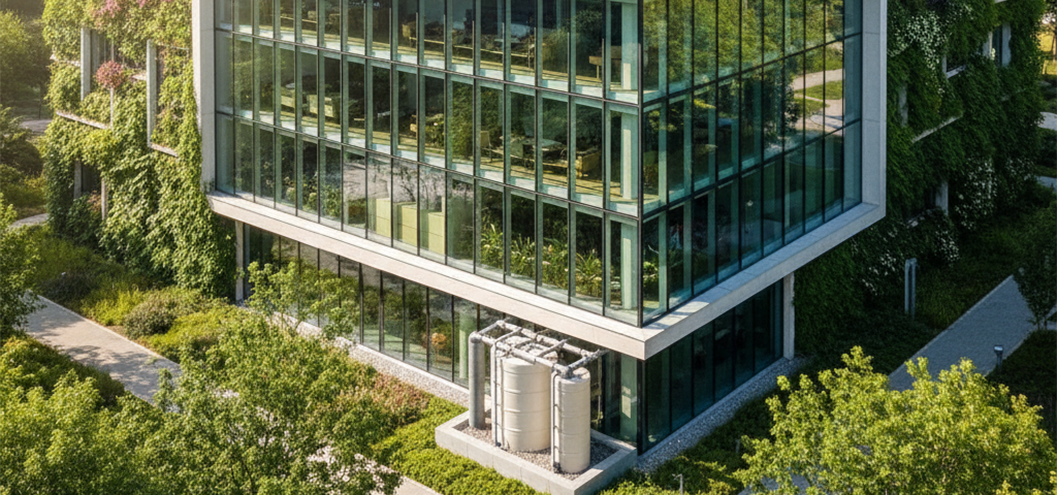Virtual Reality and the Future of Architectural Rendering
Introduction: Exploring the Next Frontier in Visualization
In the design industry’s rapid development, technology has a great impact on the way people visualize spaces. One of the most amazing innovations is virtual reality (VR) along with architectural rendering. At the same time, they are not only changing the way architects, builders, and clients perceive design but also help in the pre-construction stage. Which is usually called a planning stage.
Just think about it: the possibility of being inside a house that is not yet on paper. You can view the living room, enjoy the shining sunlight, and even do a lot of mixing and matching of materials with one simple click. That is what architectural rendering together with VR can do. It doesn’t limit itself to the use of plane pictures or outlines; rather, it develops the most realistic and engaging spaces that will facilitate everyone’s perception of the future of architecture.
As a result, VR is very quickly becoming a game-changer in the way rendering services are applied and how such projects are designed, presented, and approved.

What is VR Rendering? Explaining the Technology and Its Applications
VR rendering is the process of using advanced software to create 3D visualizations that can be explored in a virtual reality environment. Unlike traditional rendered services that provide still images or videos, VR rendering allows viewers to move around the space as if they are physically inside it.
In the middle of this technology is architectural rendering, which transforms digital models into lifelike visual experiences. When combined with VR headsets such as Oculus Rift or HTC Vive, users will be able to engage with the design, see details from various perspectives and do modifications on the spot.
Architectural rendering services are extensively utilized by architects, interior designers, and property developers. VR rendering is playing a great role in bringing concepts alive. From the very start of the design process till the actual construction, VR rendering has turned out to be a crucial instrument in the smooth transition of ideas from the imagination to reality by spectacular means.
Benefits for Architects and Clients: Enhancing Communication and a Deeper Understanding of Space
Communication has always been one of the major hurdles for architects. The visualization of the designs becomes difficult for the customers who only see the blueprints or the 2D drawings. Architectural rendering in VR is a situation where the traditional way of working has been completely overturned.
Via architectural rendering services, architects are in position to guide their clients through the design in a completely immersive manner. This transparency does not only help the clients to make quicker choices but also reduces the chances of confusion and keeps all the parties informed.
Let’s look at some major gains:
- Better Design Understanding: Customers having the right to walk through the construction site to gain a better understanding of its size, scale, and proportions are sure of the project from very different angles.
- Faster Revisions: If at any point the customers have an uneasy feeling about an aspect of the project, the architects can change it right away without having to leave the VR world.
- Stronger Emotional Connection: A virtual reality walk-through can easily trigger intense feelings that no flat rendering would be able to do so; hence, the design is going to feel like a place to be for the clients.
- Time and Cost Efficiency: Early detection of design flaws through VR would lead to time and effort savings for the architects by fewer mistakes at the building stage and no or little rework costs.
Besides, 3D rendering services make it easier for the teams, regardless of their locations, to work together without any interruptions. Instead of only sending hover cast images, the designers can upload a three-dimensional model that everyone can view together and will be participating actively in the exploration. It not only strengthens collaboration but also increases the trust in the project’s final result.

How to Experience VR Renders: The Tools and Software Needed
Experiencing architectural rendering in VR does not call for a sophisticated laboratory; only the ideal hardware and software mix will do. Today’s architects employ a variety of technologies to design interactive, realistic surroundings that customers may virtually explore in real time.
Here are some of the most often used architectural 3D rendering tools:
- Unreal Engine: For architectural virtual reality applications, a strong game engine generates lifelike lighting, textures, and materials.
- Lumion: Celebrated for its speed and simplicity, Lumion enables architects to rapidly design stunning VR tours.
- Enscape: Popular for real-time rendering straight in programs such Revit and SketchUp.
- Twinmotion: Provides an easy interface that lets designers easily create 3D models.
You will also need compatible VR headsets such Oculus Quest, HTC Vive, or Meta Quest Pro to see VR renders. These headphones let you “walk” naturally around environments by fully immersing you.
Whereas commercial 3D rendering services allow for interactive display of office layouts, retail environments, or industrial areas for commercial ventures. Long before construction starts, customers may investigate their future work settings, evaluate illumination conditions, and make educated design decisions.
For the contemporary, this combination of advanced tools and user-friendly hardware makes VR rendering not just accessible but essential for the modern architecture industry.
Conclusion: Immersive Experiences Are Changing the Way We Design
As the architectural world embraces innovation, architectural rendering powered by VR stands as the heart of this transformation. It is not just about visuals. It is about experiences that bring design to life, making the future of architecture more exciting and accessible than ever.
Frequently Asked Questions (FAQs)
Q: What is architectural rendering?
Ans: Architectural rendering is the technique of generating realistic visual depictions of structures and rooms prior to construction. Through 3D models and design tools, architects and clients may see how the finished building will appear.
Q: How does virtual reality improve architectural rendering?
Ans: By letting users in real time investigate areas, virtual reality improves architectural rendering’s immersion. Clients may walk across rooms, engage with ideas, and experience the scale and mood of a structure rather than view motionless images.
Q: Why are architectural 3D rendering services important for modern projects?
Ans: Architectural 3D rendering helps one to interactively examine plans. Detect early errors and enhance teamwork among architects, engineers, and customers ensure every project meets the client‘s vision exactly.




